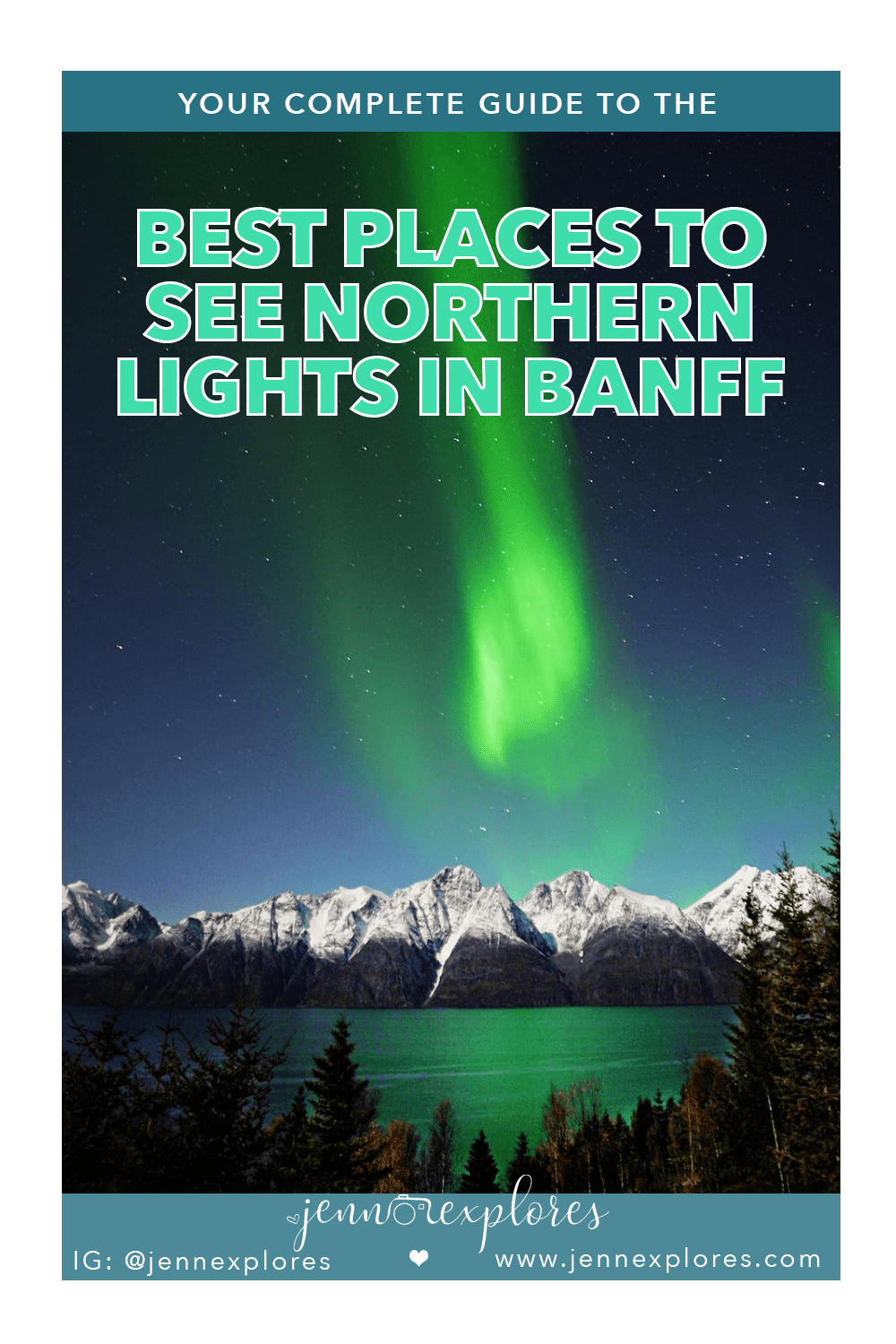
Viewing the Northern Lights should be a must-do on anyone’s bucket list since it is one of the most stunning natural occurrences on the planet! The aurora borealis is a stunning show of color and light that dances across the night sky, and seeing it in the magical town of Banff is an absolute must-do at least once in your life.
Seeing the Northern Lights is a once-in-a-lifetime event for many individuals, and will hold a particular place in their hearts. It’s an opportunity to observe nature’s grandeur and magnificence in a manner that few other experiences can compare, and when you’re able to view it from amongst the majestic mountains, there’s really nothing else like it.
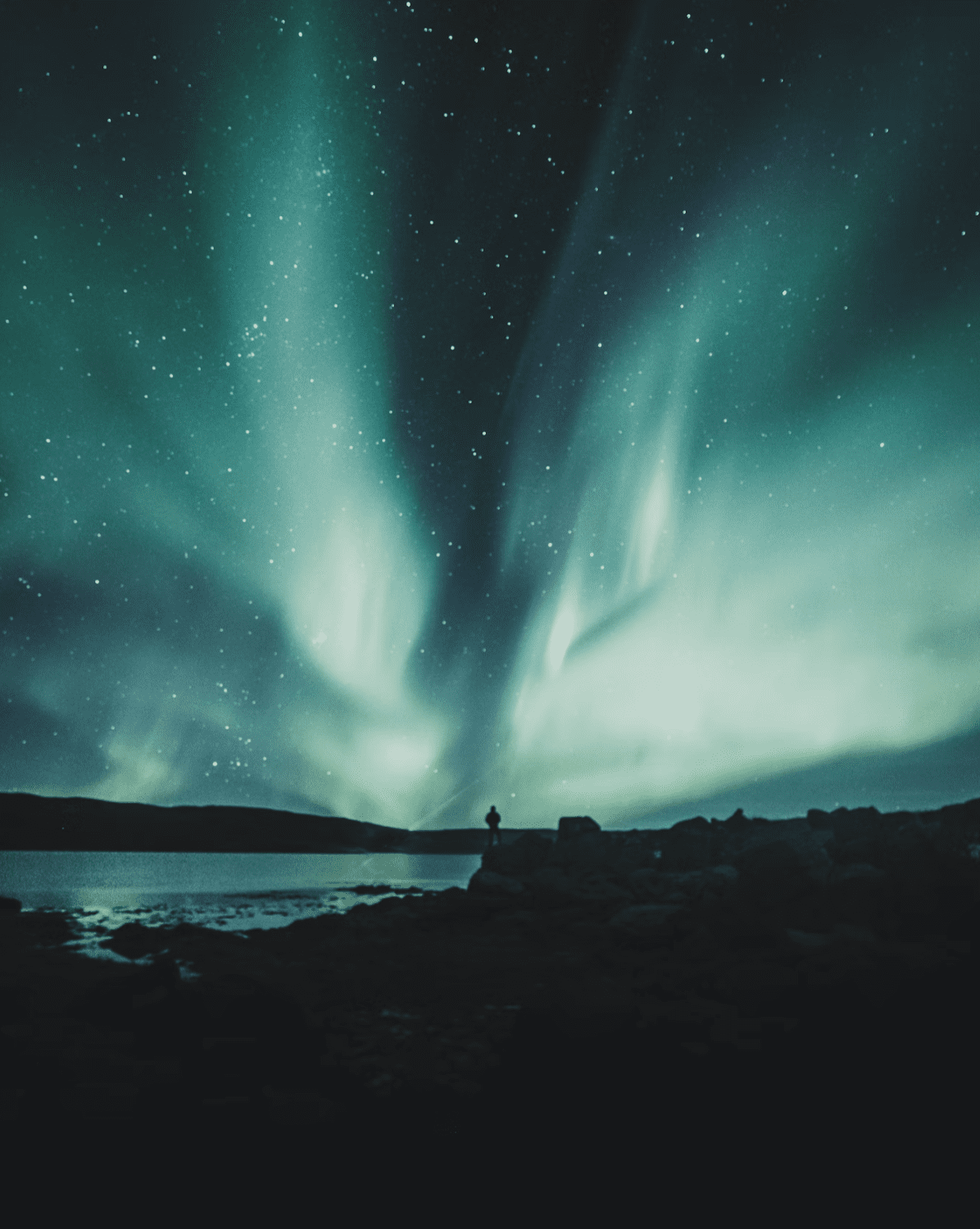
What are the northern lights, or aurora borealis?
The Northern Lights, commonly known as the Aurora Borealis, are a breathtaking natural phenomena that happens in the Earth’s atmosphere. They are formed when electrically charged particles from the sun clash with atoms and molecules in the Earth’s atmosphere, also known as solar winds.
As these particles collide, they create a stunning and colorful show of light in the night sky. The colors of the Northern Lights are determined by the type of gas with which they impact; oxygen generates green and red colors, while nitrogen provides blue and purple hues.
The Northern Lights’ intensity and frequency change according to the sun’s activity and the Earth’s magnetic field. When the sun is very active, it may emit a tremendous quantity of energy in the form of solar flares and coronal mass ejections (CMEs). These occurrences can disrupt the Earth’s magnetic field, resulting in a more active aurora.
Scientists track the Earth’s geomagnetic activity to forecast the likelihood and intensity of the Northern Lights. To evaluate the intensity of the aurora, they employ instruments such as the Kp index, a measurement of geomagnetic activity on a range of 0 to 9.
Because the Earth’s magnetic field is highest near the poles, the Northern Lights are most typically observed in polar locations such as Alaska, Canada, Norway, and Sweden. They are, however, occasionally spotted in other regions of the world, including Scotland, Iceland, and Russia.
For millennia, the Northern Lights have been a source of surprise and curiosity, and they have been studied by scientists for many years. Many people now go to isolated regions to witness the Northern Lights and marvel at the majesty and beauty of this natural phenomena.
The Northern Lights are also culturally and historically significant in many regions of the world. For ages, they have been the topic of tales, stories, and folklore, and they have inspired innumerable painters, authors, and scientists.

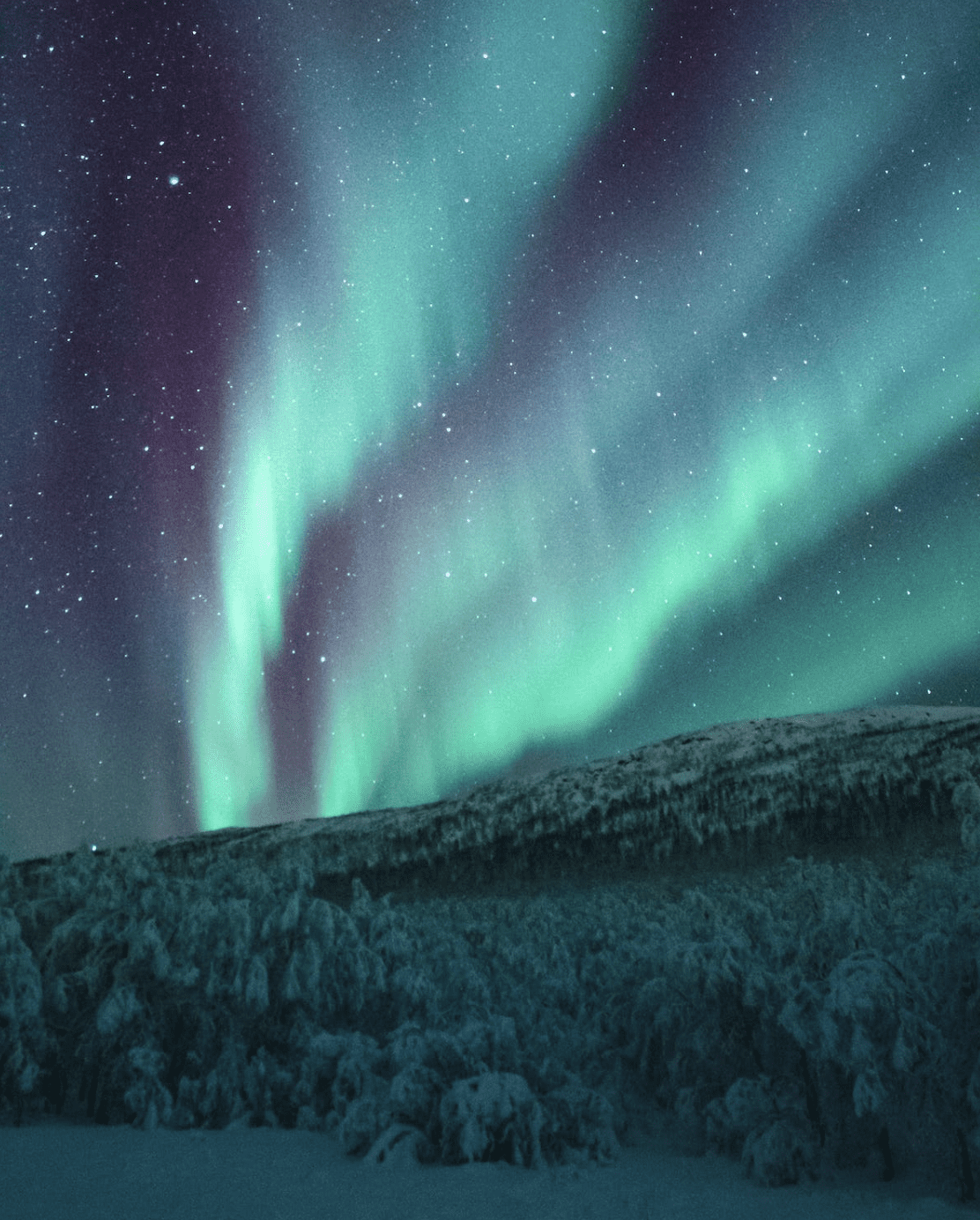
Why is Banff National Park a Great Place to see the Northern Lights?
Banff National Park is located in Western Canada in North America in a secluded location far from any major cities, thus there is little light pollution, which is integral for good northern lights viewing conditions. The dark sky offers a wonderful background for the vivid display of lights, making it an ideal spot for seeing the Northern Lights.
The magnetic pole is the location in the Earth’s atmosphere where the magnetic field is the strongest. This increases the visibility of the Northern Lights in regions near the magnetic pole, such as Banff National Park. Banff National Park lies near the magnetic pole, increasing the likelihood of being able to see the Northern Lights.
Banff has a location famed for its bright sky, which makes viewing the Northern Lights easier. The park has low humidity and is high in elevation, which helps to lessen atmospheric interference and boost visibility.
Banff also provides a variety of vantage spots for seeing the Northern Lights, as you’ll read more about below. These places provide breathtaking views of the Northern Lights against the backdrop of the Canadian Rockies, creating a memorable experience.

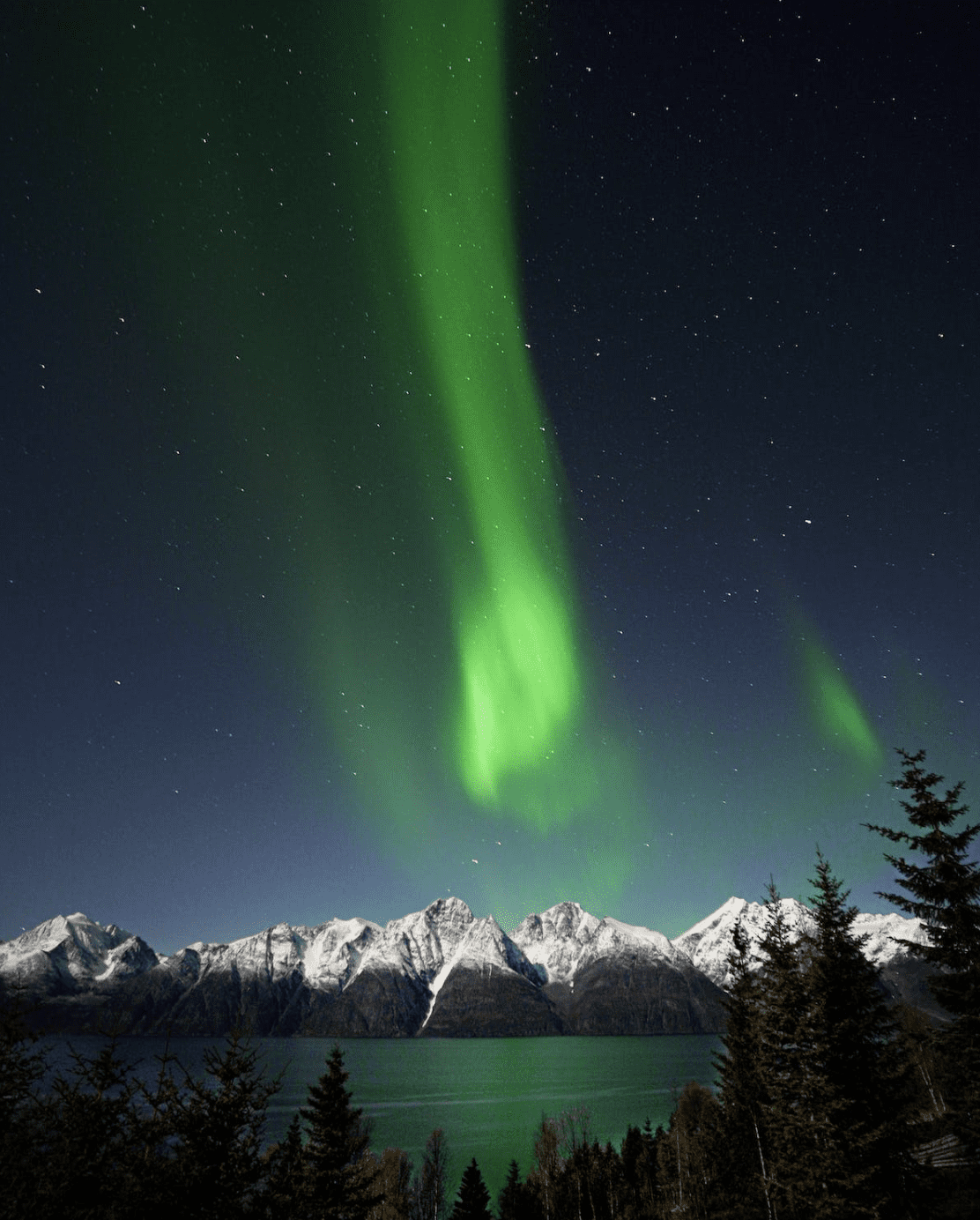
When is the best time to see the northern lights in Banff National Park?
Banff National Park is one of the greatest places in the world to see the northern lights! Here are some details about when the best time is to see the northern lights in Banff:
Best Season to See Northern Lights in Banff:
The best time to see the northern lights in Banff is during the winter months, specifically from November until March. During this time, the longer evenings and clearer night skies provide excellent aurora borealis viewing opportunities in the Canadian Rockies. The winter months also coincide with the height of aurora activity, making brighter and more frequent displays of the northern lights more possible.
The summer months in Banff are lovely and perfect for hiking, but there is so much to do in winter in Banff National Park, too. Plus, winter is by far the best time to increase your chances of seeing this incredible display by Mother Nature!
Best Time of Day to See Northern Lights in Banff:
Because the northern lights are visible in the night sky, they are best seen during the hours after sunset and before sunrise. However, it’s so important to know that the northern lights are unpredictable and might appear at any time of the night! Your best bet is to book one of the amazing hotels in Banff National Park so that when the northern lights are out, you’ll be ready to jet from your hotel room to one of the prime viewing locations, below.
Best Weather to See Northern Lights in Banff:
Dark and clear skies are required to see the northern lights, so it is important to check weather forecasts before venturing out in search of northern lights. A foggy or cloudy sky can make seeing the northern lights difficult or impossible. However, the winter months in Banff are often drier and clearer. Heading out on a clear night will allow for a greater chance of sighting this incredible natural phenomenon.
Best Weather to See Northern Lights in Banff:
For the best chance of witnessing the northern lights, you’ll want to choose a location that is distant from city lights and light pollution.
Continue reading below for some of my favorite places to see the northern lights in Banff!


What are the best places to see northern lights in Banff National Park?
Here are some gorgeous viewpoints that make for a perfect place in Banff to hunt for the northern lights:
Lake Minnewanka
Lake Minnewanka is a favorite location for watching the northern lights in Banff. It is the biggest lake in Banff National Park and is located only a short drive from the town of Banff. The lake is surrounded by mountains, making for a wonderful setting for the northern lights!
The Lake Minnewanka Scenic Road and the Lake Minnewanka Boat Launch are two locations around the lake where you may park and observe the aurora.
Vermilion Lakes
Another excellent spot for watching the northern lights in Banff is Vermilion Lakes, a favorite of many locals. The lakes, which are located just outside of Banff, are excellent for photography and animal observation. The lakes are surrounded by forested areas and mountains, making for a beautiful backdrop for the northern lights, with gorgeous Mount Rundle the prominent focal point. There are a number of pullouts along Vermilion Lakes Road where you can park and see the aurora.
Bow Valley Parkway
The Bow Valley Parkway is a picturesque road that connects Banff town with Lake Louise. The parkway runs adjacent to the Trans-Canada Highway and offers multiple possibilities for seeing the northern lights. Because the parkway is distant from city lights, it is an excellent site for astrophotography and aurora watching alike. There are various pullouts along the parkway from which to view the northern lights from.
Mount Norquay
Located just west of Banff, Mount Norquay is a popular ski resort in Banff National Park. The resort even provides a dedicated northern lights-watching experience during the winter months, which involves a gondola trip up the mountain to a designated viewing spot. The viewing spot is isolated from city lights and offers an unimpeded view of the aurora borealis.
Cascade Ponds
Cascade Ponds is a beautiful and tranquil spot located just outside of Banff on the way to Lake Minnewanka. This area has a number of little ponds with breathtaking views of Mount Rundle in the distance. The area is far enough away from Banff that the sky is dark enough to see the Northern Lights, yet it is still easily accessible by vehicle. Come back here during the day to enjoy a lovely picnic!
Peyto Lake
Peyto Lake is a stunning blue glacier-fed lake in Banff National Park, along the Icefields Parkway. The lake is known to be in the shape of a dog or wolf head. The area is secluded and distant from any city lights, making it perfect for seeing the Northern Lights. However, access to Peyto Lake is often restricted during the winter months due to the closure of the Icefields Parkway, so make sure to check road conditions before departing to Peyto.
Bow Lake
Located close to Peyto Lake, Bow Lake is a picturesque glacier-fed lake located between Banff and Jasper National Parks on the Icefields Parkway. The region also provides breathtaking vistas of the Canadian Rockies and the Bow Glacier. Again, you’ll need to check road forecasts before embarking on this drive.
Lake Louise
One of the most famous places in Banff National Park, Lake Louise is noted for its turquoise waters and gorgeous mountain background. The lake is also a good place to watch the Northern Lights, especially in the winter when the sky is clearer. There are various places surrounding the lake from which to watch the aurora.

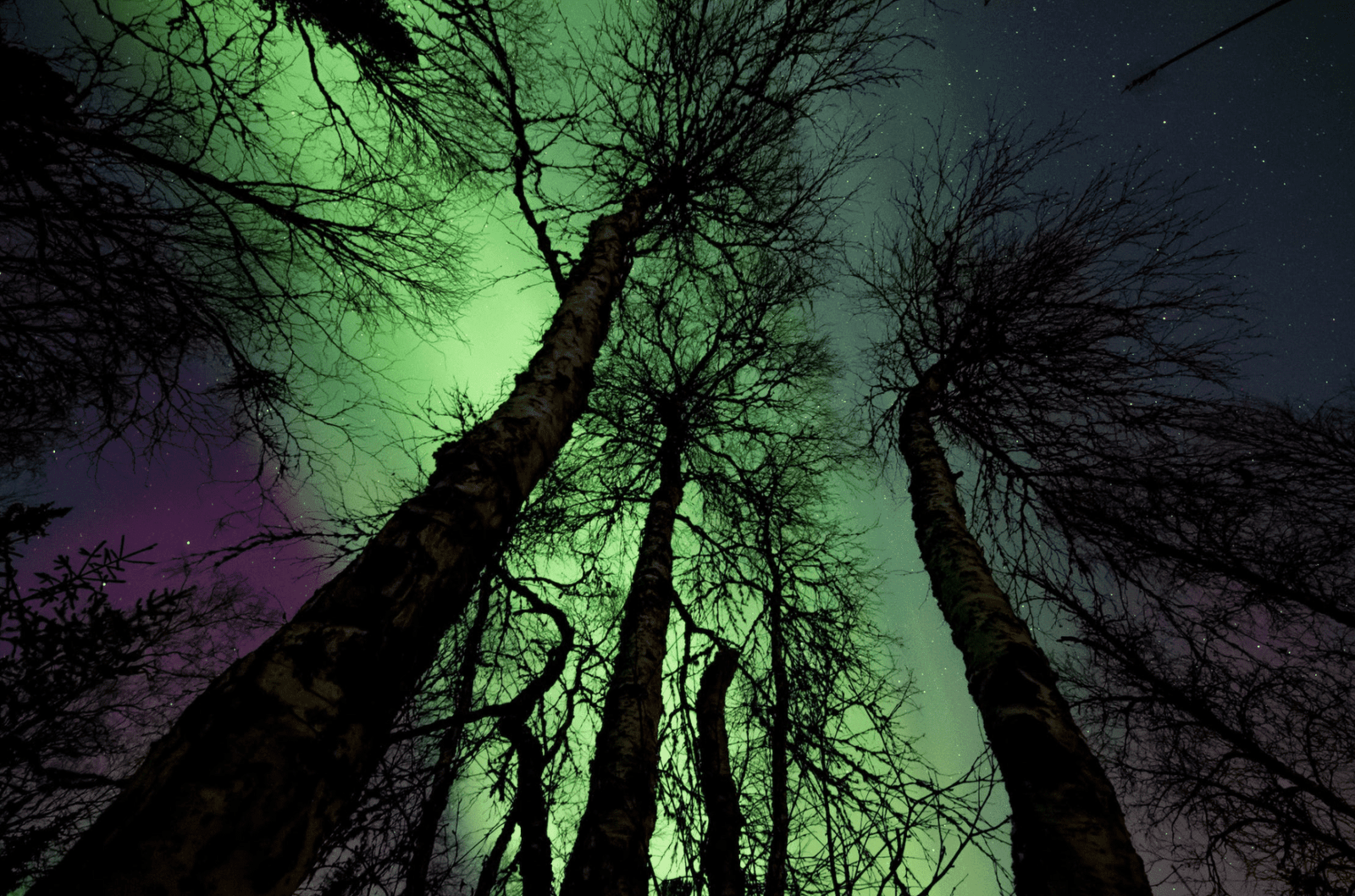
What are the best aurora forecast websites for seeing northern lights in Banff?
Several websites provide Aurora forecasts and can help assist you in planning your journey to view the aurora light show in Banff. Some of my favourite Banff aurora prediction websites are:
Aurora Watch is a University of Alberta website that provides an aurora alert for Western Canada. The website includes a color-coded map that depicts the projected intensity of the Northern Lights, as well as a text-based prediction with extra information.
The National Oceanic and Atmospheric Administration (NOAA) operates the Space Weather Prediction Center, which provides a 3-day aurora prediction for the Northern Hemisphere. The website also provides real-time data on solar activity, geomagnetic storms, and other space weather phenomena that may have an impact on the visibility of the Northern Lights.
Soft Serve News is a website that delivers a wide range of space weather information, including aurora forecasts. The website provides a three-day prediction as well as live data on solar activity and geomagnetic storms.
The Weather Network is a renowned weather service that also gives aurora forecasts for sites around Canada, including Banff National Park. The website provides a 3-day prediction as well as a map of the Northern Lights’ projected visibility.
These websites can help you plan your journey to see he Northern Lights in Banff National Park by offering information about the aurora’s possibility and intensity. However, keep in mind that aurora forecasts are not always precise, and witnessing the Northern Lights is dependent on a number of elements, including weather conditions and geomagnetic activity.
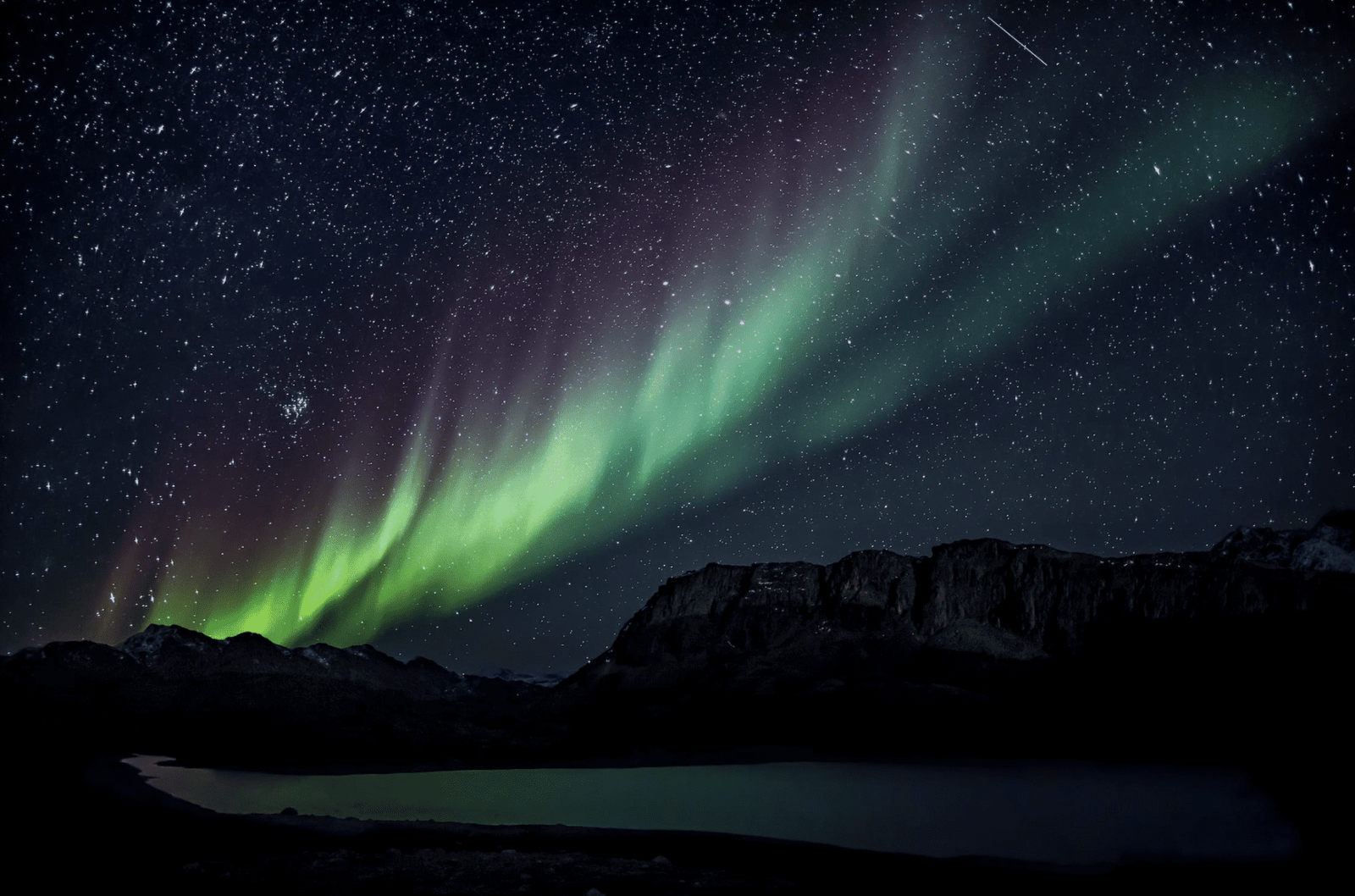
Tips for Capturing Great Northern Lights Photography
Taking great photos of the Northern Lights can be a complex but rewarding experience. To get the best results, learn about camera settings and methods that can help you capture the magnificence of this natural phenomena. Here are my best tips:
Use a Tripod
To begin, while taking long exposure photography, a sturdy tripod is incredibly helpful. This aids in maintaining camera stability and preventing fuzzy or blurry shots. A remote shutter release or self-timer can also assist in preventing camera wobble (set the timer to 2 seconds so there is no camera shake from you pressing the shutter button).
Use a Fast Lens with a Wide Aperture
To catch as much light as possible, a fast lens with a wide aperture (f/2.8 or wider) will be your best friend. This will help in increasing the shutter speed of your camera settings and reducing the likelihood of blurry photographs. Keep in mind, however, that selecting a larger aperture will result in a shallower depth of field, which might compromise image clarity unless your focus is correctly set.
Learn to Shoot in Manual Mode
Shooting in manual mode allows you to have complete control over your camera settings. This allows you to modify the exposure time, aperture, and ISO to meet the unique circumstances of shooting the northern lights.
Use a Higher ISO
In low-light settings, using a high ISO level (such as ISO 1600 or above) will alloe you to capture more pixel information. But be aware that using an ISO that is too high might create noise and grain into your photographs. It’s all about learning to balance your camera settings (shutter speed, aperture and ISO) to create the perfect blend of settings for your chosen image goal.
Select A Longer Shutter Speed
Using a longer exposure period of 10-30 seconds is the best way to capture the movement and colors of the Northern Lights. This allows the camera ample time to catch the aurora’s weak light. However, if the camera or subject moves during the exposure, a long exposure duration might add undesired motion blur (this is why a tripod is especially recommended).
Set Your Focus Manually
In low-light settings, manual focusing is usually required since autofocus may struggle to lock onto the target. One method is to focus on a brilliant star or distant light, or to zoom in and manually change focus using live view. Learning your camera settings inside out will help you greatly with night photography!
Shoot in RAW Format
Shooting in RAW format allows you to capture more detail and also allows much better post-processing versatility. This allows you to fine-tune the exposure, color, and other parameters to bring out the most in your photographs without the image quality getting “crushed” like it would with a JPG image.
The ideal camera settings for photographing the Northern Lights may vary depending on the weather and your equipment. Experimenting and practicing can help you find the best settings for capturing the breathtaking splendor of the Northern Lights!

Where to Stay in Banff to See Northern Lights:
Here are some of the best places to stay at in Banff to see the northern lights during your visit.
My selections are chosen based on proximity to Northern lights viewing spots, hotel amenities and service, and my own personal experience.
If you’re interested in staying in a cozy cabin instead during your visit, check out my blog:
The Cutest Cabin Rentals in Banff and Lake Louise, Alberta
Fairmont Banff Springs
This opulent castle-style hotel provides breathtaking mountain views, a spa, and indoor/outdoor pools.

Rimrock Resort Hotel
This hotel has an amazing setting overlooking the Bow River Valley and provides a variety of facilities, including a full-service spa and various dining options.

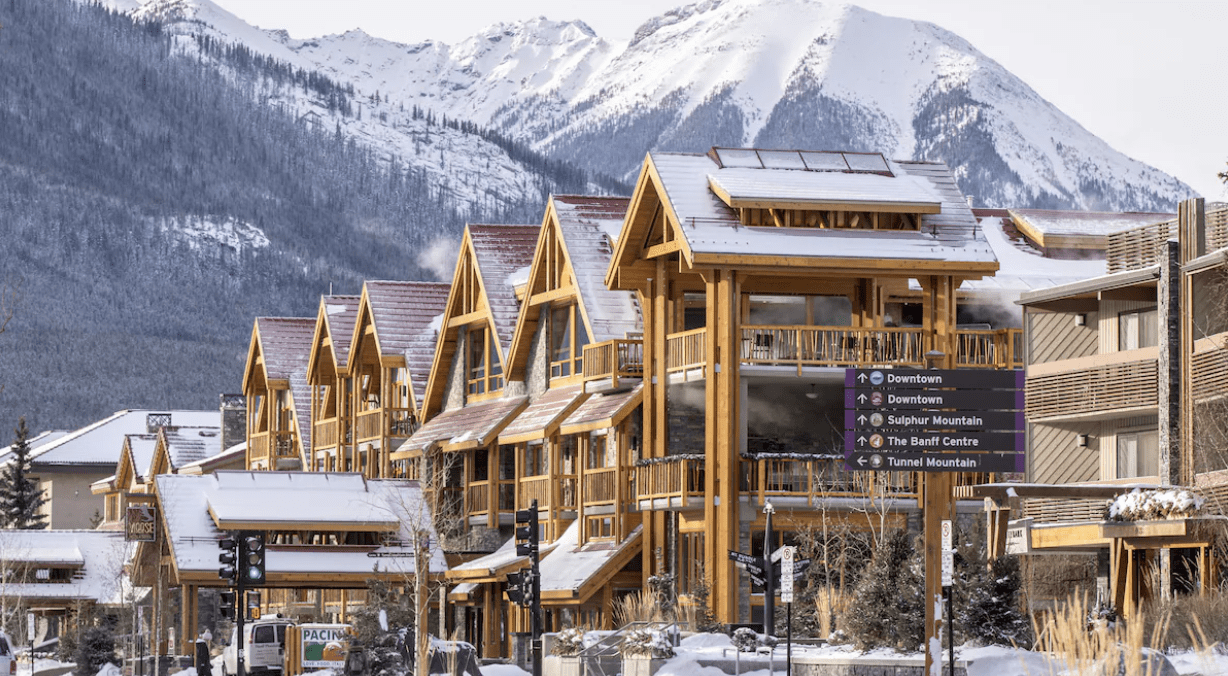
Moose Hotel And Suites
This chic and contemporary hotel features large suites with mountain views, an outdoor rooftop hot tub, and a fitness center.
Read my entire review of Moose Hotel and Suites

Banff Park Lodge
This hotel in the center of Banff provides a variety of facilities such as various dining options, a spa, and an indoor pool.

Hidden Ridge Resort
Hidden Ridge Resort provides charming condominiums and cottages with fully furnished kitchens, wood-burning fireplaces, and gorgeous outdoor hot tubs.

Mount Royal Hotel
This freshly remodeled hotel features modern and trendy rooms as well as a rooftop lounge and a fitness facility.

Elk + Avenue Hotel
Located in downtown Banff, this hotel features contemporary rooms, a fitness facility, and a restaurant.

The Banff Caribou Lodge and Spa
The Banff Caribou Lodge and Spa provides beautiful accommodations, an indoor pool and hot tub, a fitness center, and a full-service spa.

Canalta Lodge
This contemporary and affordable hotel features beautiful accommodations, an outdoor pool, and a variety of eating options.

Banff Rocky Mountain Resort
Banff Rocky Mountain Resort provides large apartments with fully furnished kitchens, indoor/outdoor pools, tennis courts, and a fitness center.
Or, if you’re interested in staying in a cozy cabin during your visit, you’ll love this blog:
The Cutest Cabin Rentals in Banff and Lake Louise, Alberta

What to pack for viewing the northern lights in Banff?
While preparing for a trip to see the Northern Lights in Banff, remember that really cold temperatures and fluctuating weather conditions are common in Banff in the winter. The following are some necessary items to pack for your aurora adventure:
Warm clothing: Layering your clothing is critical for remaining warm and comfortable on chilly winter evenings. Include a thick coat, insulated pants, thermal underwear, wool socks, a toque and glove (perhaps multiple pairs!)
Warm Grippy Footwear: For walking on snow and ice, excellent quality winter boots with sufficient traction and insulation are recommended.
Camera gear: A camera that allows manual settings and a wide-angle, fast aperture lens can help you capture the magnificence of the Northern Lights. Remember to bring additional batteries, memory cards, and a tripod to stabilize your camera during long exposures.
Aurora forecast apps: Download aurora forecast apps like Aurora Watch or My Aurora Forecast to your smartphone to stay up to speed on aurora activity in your region. And remember to bring a phone charging cable for your car and mobile devices can die quickly in cold weather!
Snacks and water: Staying hydrated and energetic is critical while spending time out in the cold. Bring food and drink in your bag to keep you going on your Northern Lights expedition.
Portable hand and foot warmers: These aren’t mandatory but are useful for keeping your hands and feet warm in extreme temperatures!
First aid kit: It’s usually a good idea to keep a basic first aid kit on hand, which should contain supplies like bandages, pain relief medicine, and disinfectant.
Pack light and only carry what you need for your Northern Lights-watching experience. Also, before leaving the house or hotel, check the weather forecast and dress appropriately.

What are some other great places in Alberta to see the Northern Lights?
Alberta is a wonderful place to watch the Northern Lights, with many fantastic viewing places available. Here are some additional locations that are great for watching the Northern Lights in Alberta:
Jasper National Park: Situated in the Canadian Rockies, Jasper National Park is famed for its darkskies and breathtaking natural beauty. This makes it one of the very best places for seeing the Northern Lights. It is also a certified Dark Sky Preserve, and Jasper hosts a dark sky festival each year! Pyramid Lake and Lake Annette are good spots in Jasper to watch the aurora borealis.
Find amazing cabins to stay at in Jasper during your aurora-chasing adventures.
Also, winter is the best time in Jasper to see northern lights – here is my guide to what to do and see in Jasper in winter.
Wood Buffalo National Park: The biggest national park in Canada and a certified Dark Sky Preserve, Wood Buffalo National Park is located in northern Alberta. This means it has some of the best options for astronomy and observing the Northern Lights!
Elk Island National Park: Located just outside of Edmonton, Elk Island National Park is another Dark Sky Preserve that is ideal for astronomy and observing the Northern Lights.
Kananaskis Country: This Rocky Mountain wilderness region offers spectacular mountain vistas and bright night sky for witnessing the Northern Lights.
Writing-on-Stone Provincial Park: Located in southern Alberta, this park is a designated Dark Sky Preserve and offers breathtaking views of the Milk River Valley and the Northern Lights.
Waterton Lakes National Park: Located in southern Alberta, this park offers breathtaking mountain scenery as well as dark skies for watching the Northern Lights.
Fort McMurray: Fort McMurray, located in northern Alberta, is an excellent site for watching the aurora borealis. Fort McMurray’s distant position and little light pollution provide for excellent, unhindered views of the night sky.

Watching the aurora borealis from Banff is truly a once-in-a-lifetime experience that you will never forget. I hope this guide was helpful in planning your trip!
Hope you have so much fun checking this off your bucket list!

Other Banff & Area Blogs You Might Also Like:
Best Time to See Northern Lights Aurora in Michigan
The Cutest Cabin Rentals in Banff and Lake Louise, Alberta
Johnston Canyon Winter Hike: Exploring frozen waterfalls in Banff National Park
Things to Do in Banff – 13 Winter Activities for an Unforgettable Trip!
Best Places to Go Ice Skating Outdoors in Banff
The Best Lakes in Banff National Park
Banff Via Ferrata Tour at Norquay
The Best Hotels in Banff & Canmore, Alberta for a Romantic Getaway
Alpinist Route Review: Banff Via Ferrata Tour at Mount Norquay
Horseback Riding in Banff: Best Things to Do in Banff
Banff Meadow Spa & Pools: Best Things to Do in Banff
The BEST Cozy Cabins in Jasper National Park
Winter Getaway to Jasper National Park: Best Things To Do, Jasper Hotels and Where to Stay
PIN FOR LATER


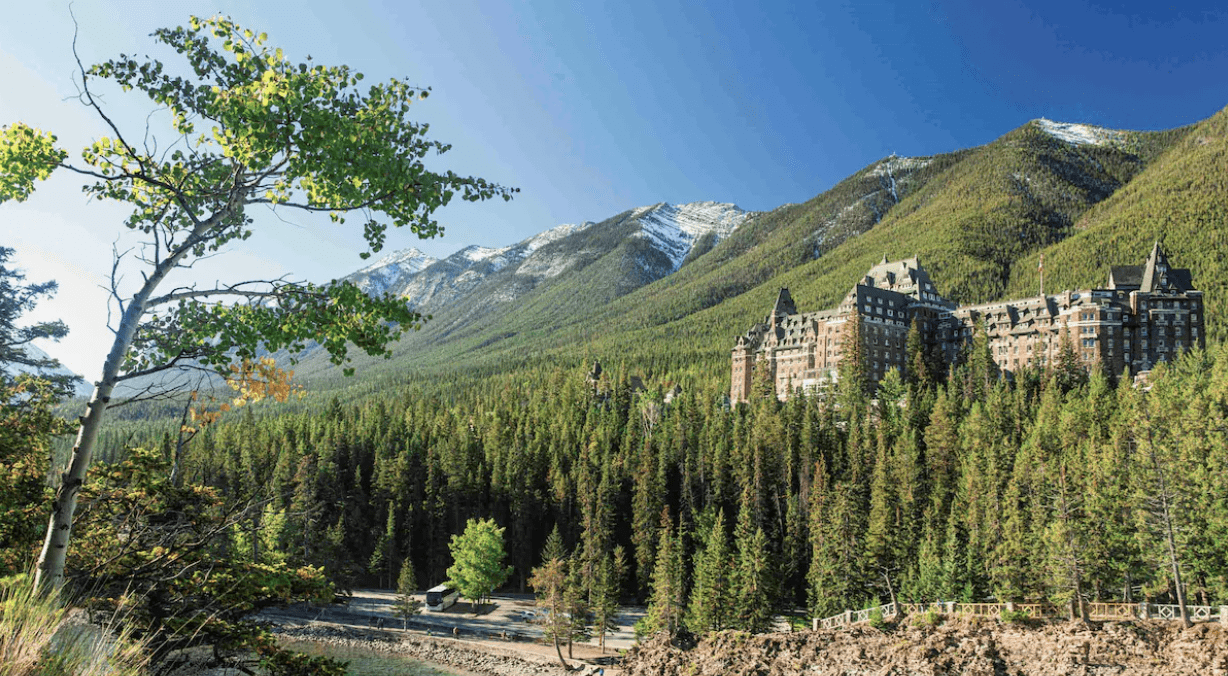
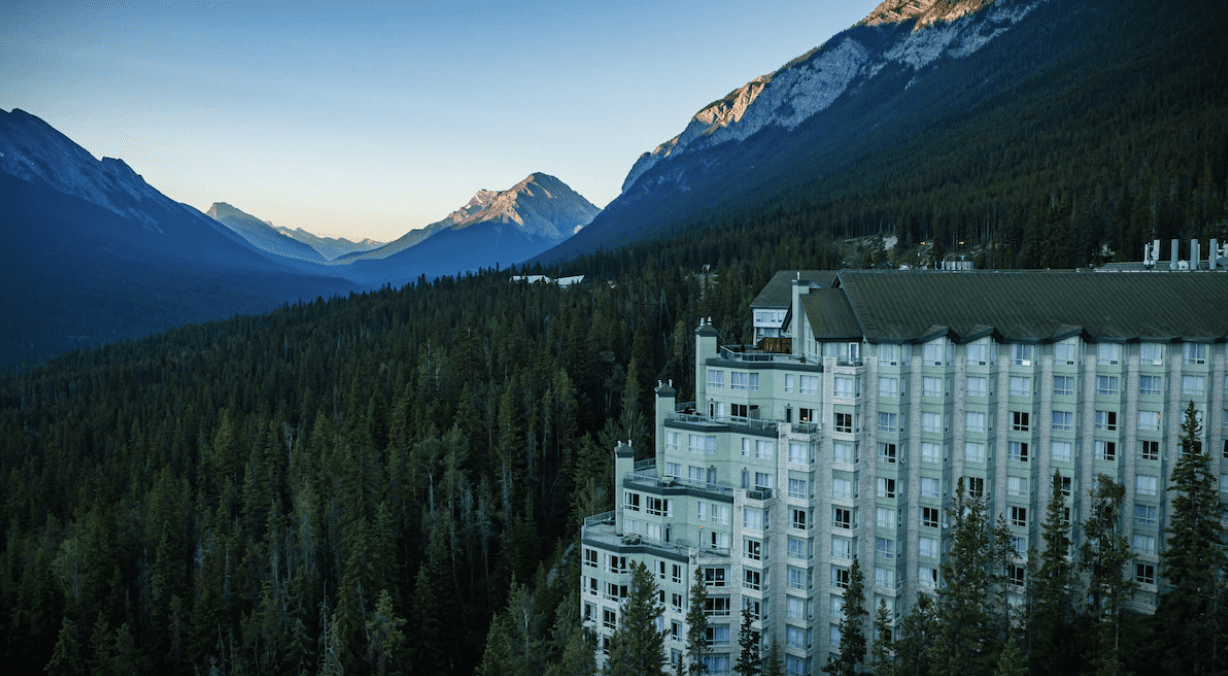
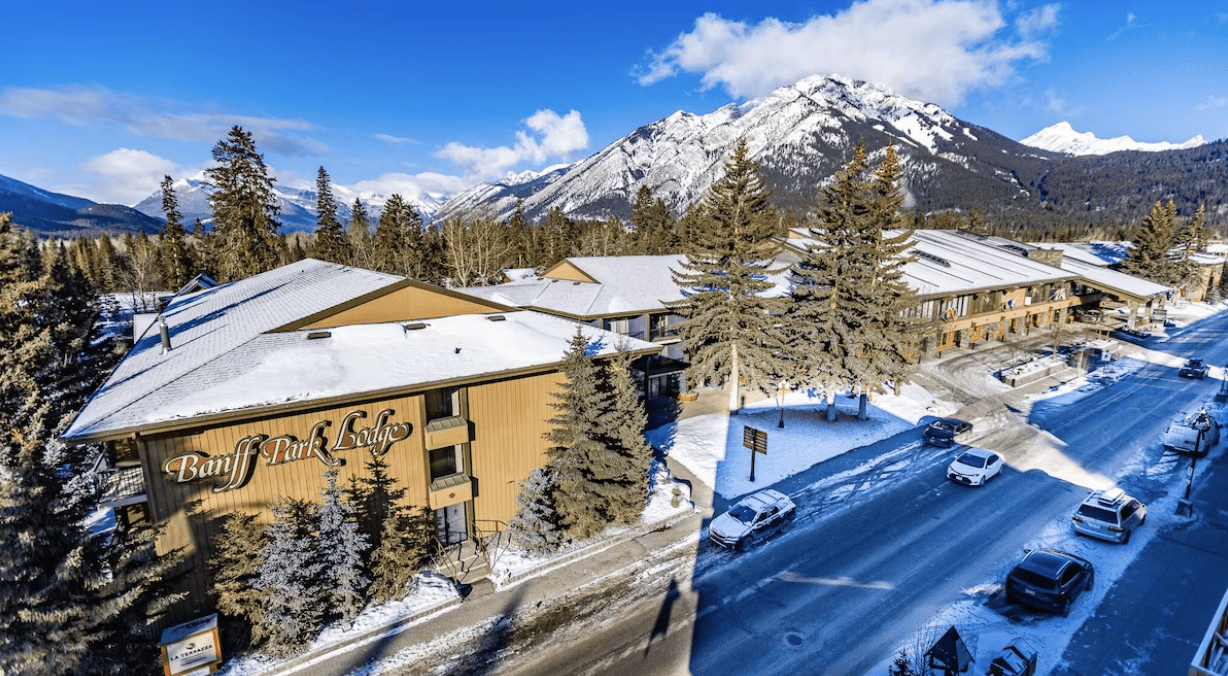
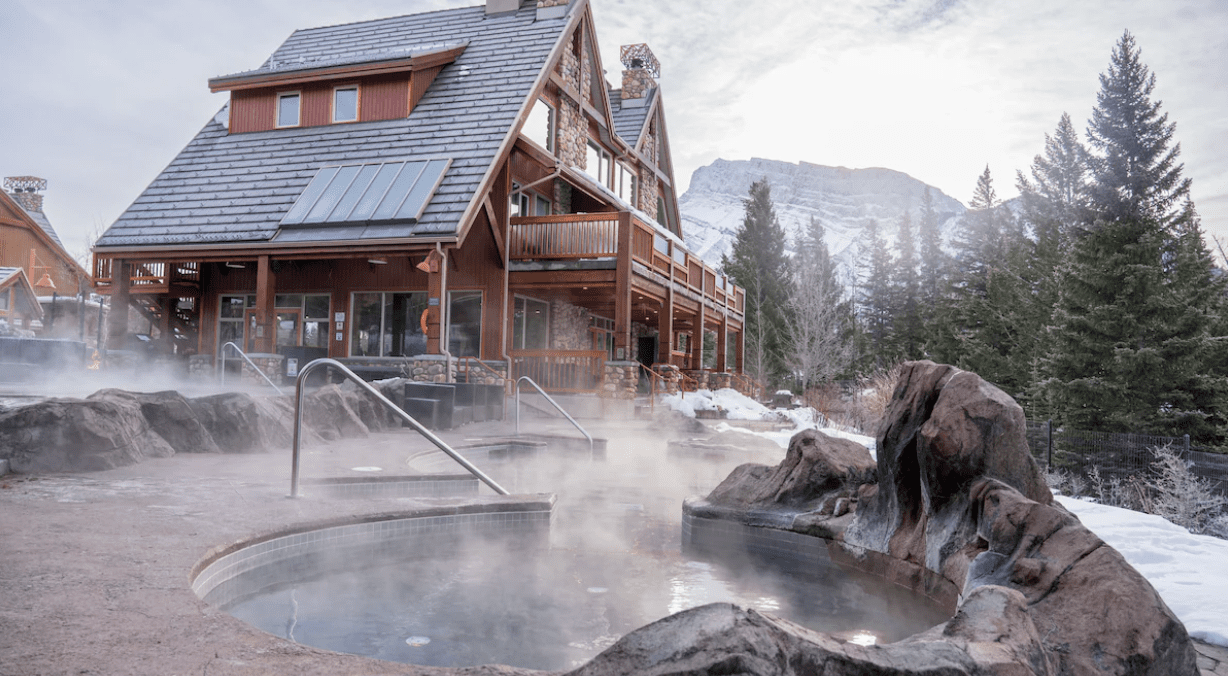

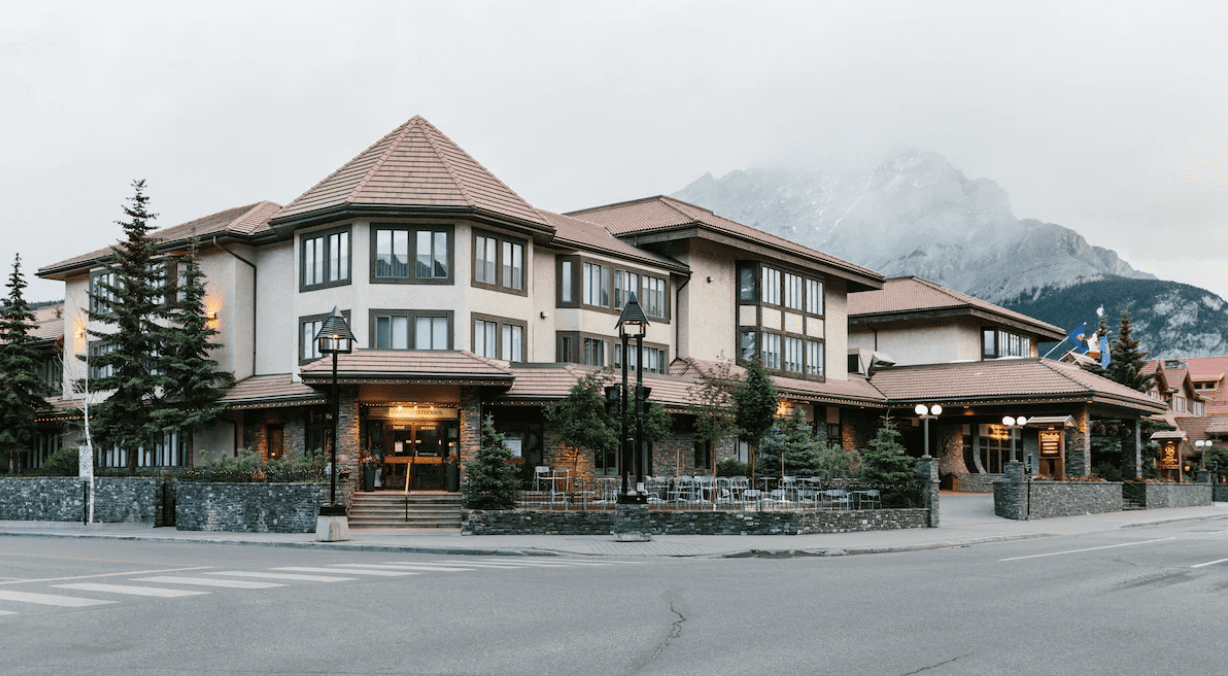
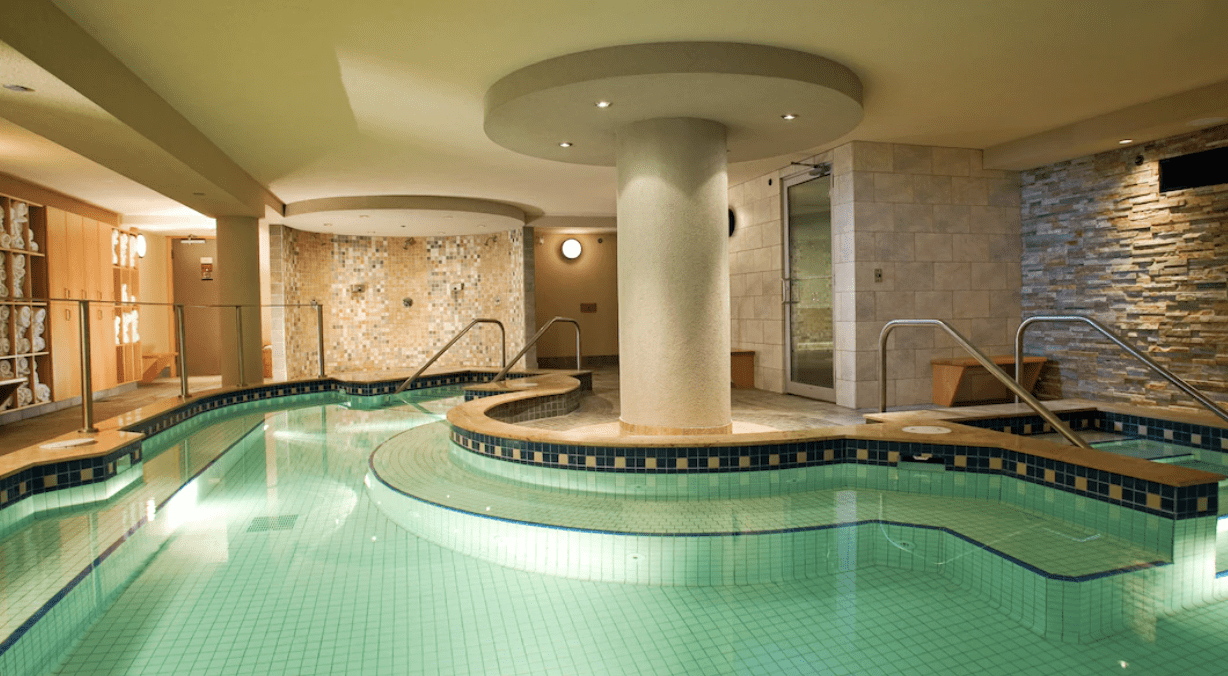


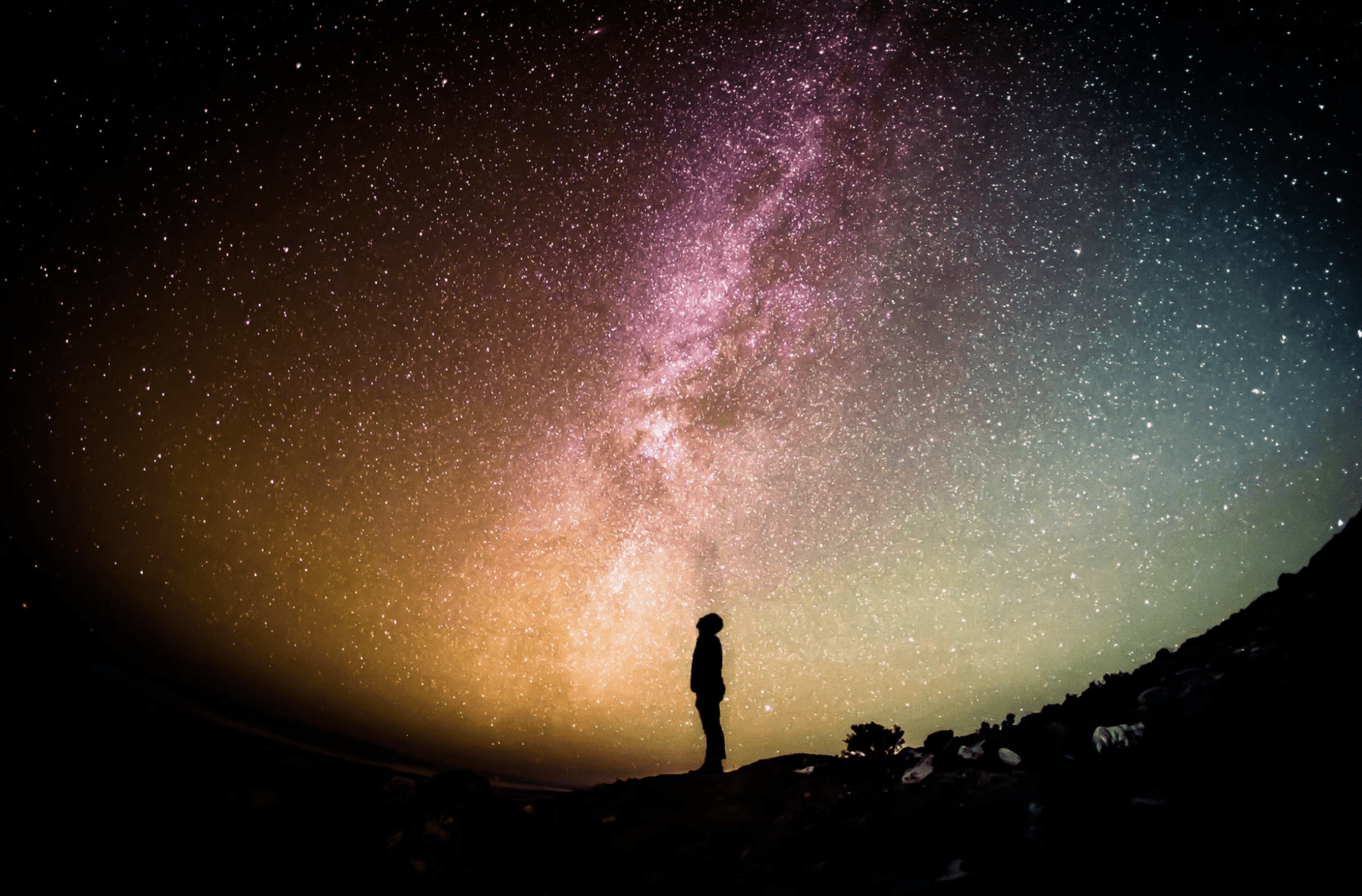
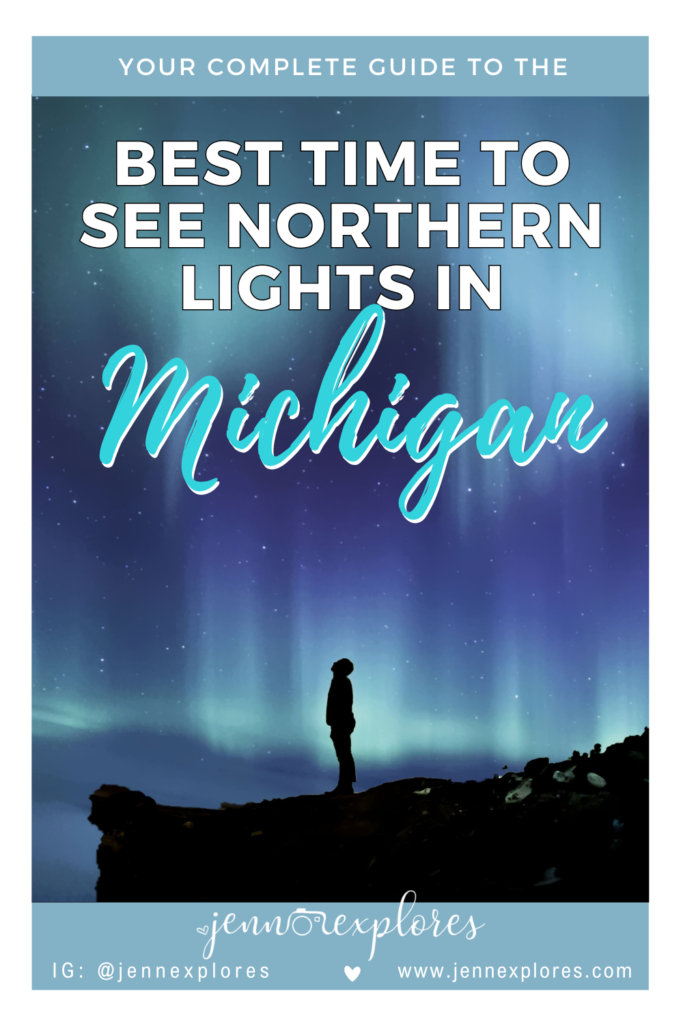



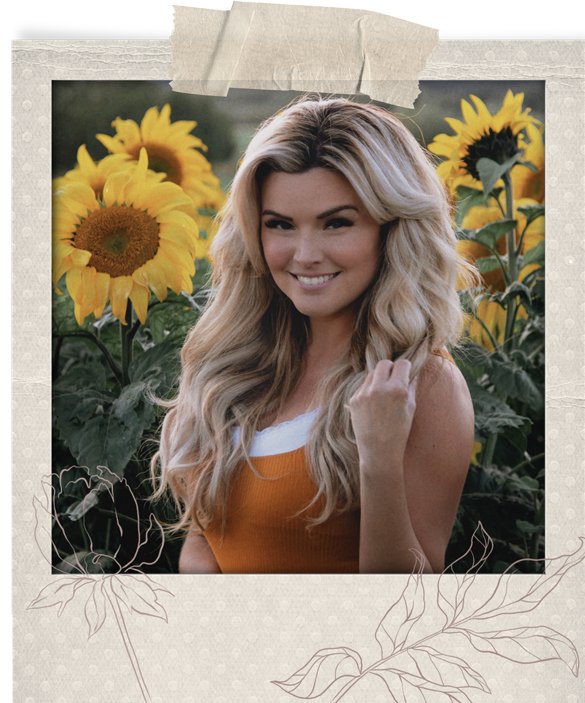





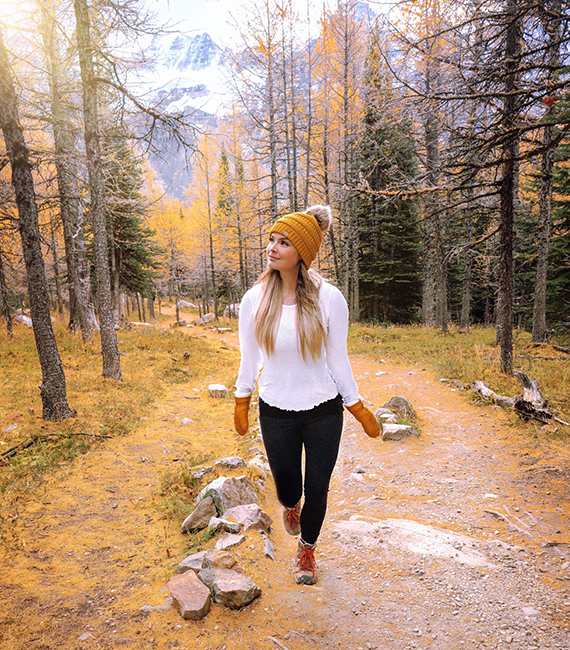


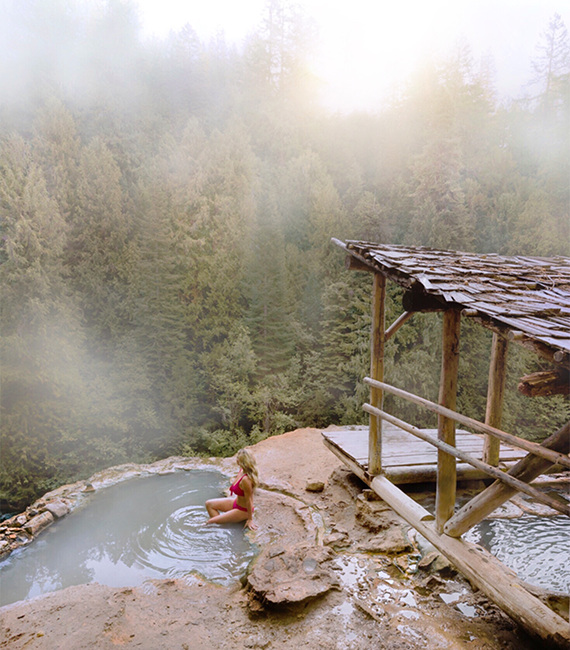
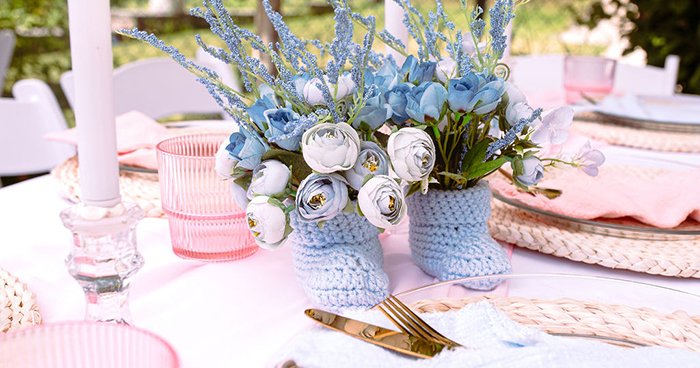

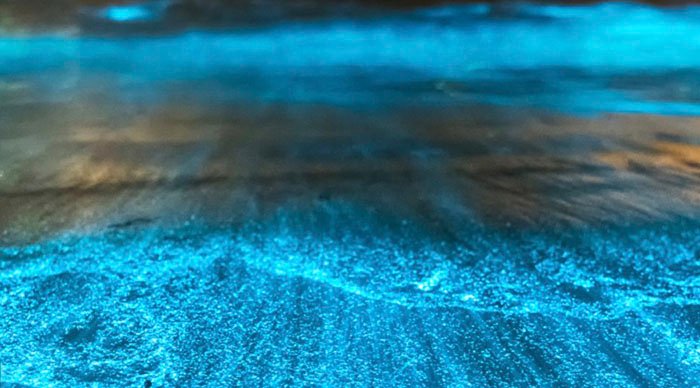
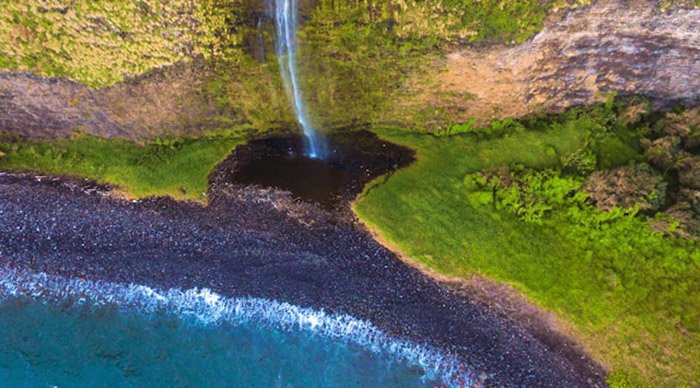
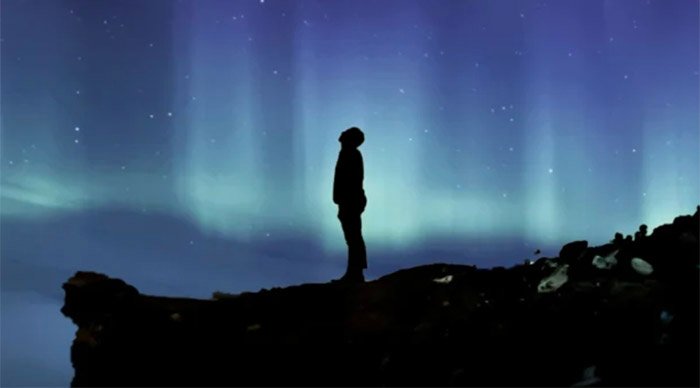


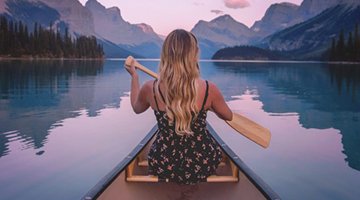

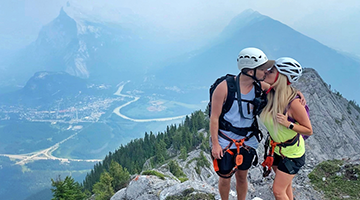
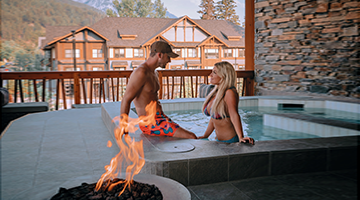

leave me a comment